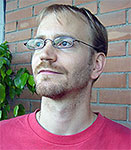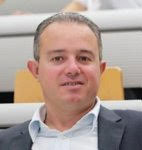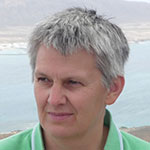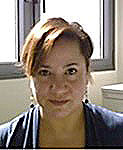

Julian Burschka is project leader in R&D of Merck group. Followed by Prof. Michael Graetzel of EPFL institute, he received the PhD degree with a thesis on "High performance solid-state mesoscopic solar cells". Notably, this work was published in the prestigious journal Nature - a contribution that has been cited over 1500 times within less than three years.
Material aspects perovskite and organic photovoltaics
In his talk, Julian presents three different approaches that contribute to the design of high-performance solid-state mesoscopic solar cells. Firstly, the author developed a new class of Co(III) complexes as solution-processable p-type dopants for triarylamine-based hole-conductors. The use of such dopants in solid-state dye-sensitized solar cells (ssDSCs) greatly improved their performance and stability. Secondly, he investigated a series of new molecular hole-transporters based on the triarylamine-substituted 9,9’-spirobifluorene core that were designed as potential replacements for the commonly employed spiro-MeOTAD in ssDSCs. Thirdly, Julian pioneered a new route to realize functional nanocomposites of a mesoporous metal oxide and the organic–inorganic hybrid perovskite pigment CH3NH3PbI3 that are very efficient in converting solar energy into electricity. By following three different strategies, Julian was able to set important milestones for the design of third-generation photovoltaic cells that hopefully one day can compete with the conventional silicon-based solar cell technology.










